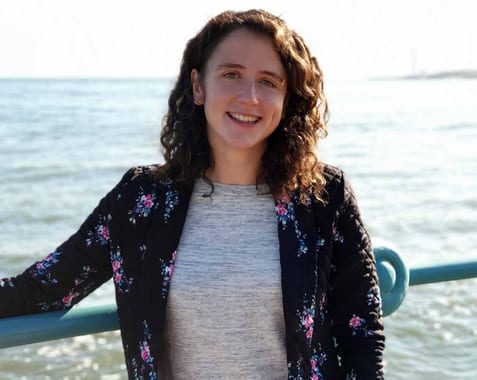“Although the pattern of decline is repeated across the salmon’s North Atlantic range, there remains much that we can do.”
An ambitious strategy which aims to bring the wild salmon population in Scotland back from crisis point has been launched by the Scottish Government.
Salmon are affected by a wide range of pressures, some at sea, but many others acting within the Scottish freshwater and coastal environments. A key contributory factor appears to be climate change.
Range of measures
The strategy highlights five priority themes for action, including improving the condition of rivers, managing exploitation including the effectiveness of deterrents to poachers, understanding and mitigating pressures salmon face in the marine and coastal environment, international collaboration and developing a modernised policy framework.
Each theme is matched with a range of measures which will combine to address the many challenges salmon face in their lifecycle.
The strategy also signals an increase in efforts to build up resilience of salmon stocks through partnership working across public, private, and civil society groups.

Rural Affairs Secretary Mairi Gougeon said: “I am grateful to the many organisations which have contributed to development of this important and ground breaking strategy for wild salmon in Scotland.
Crisis point
“There is now significant evidence showing that populations of Atlantic salmon are at crisis point and, we must now reinvigorate our collective efforts to ensure a positive future for the species.
“Although the pattern of decline is repeated across the salmon’s North Atlantic range, with climate change a significant factor, there remains much that we can do in our rivers, lochs and coastal waters to seek to build resilience and transform the fortunes of this iconic fish.
“In addition to the measures we will take in Scotland, we are committed to supporting and pushing forward collective action in the international arena, so the young salmon leaving our rivers survive the many challenges they face on the high seas to return to their home river to spawn the next generation. Only by acting together, at home and overseas, and applying our collective resource, knowledge and expertise can we hope to change the fortunes of this iconic and vital species.”

